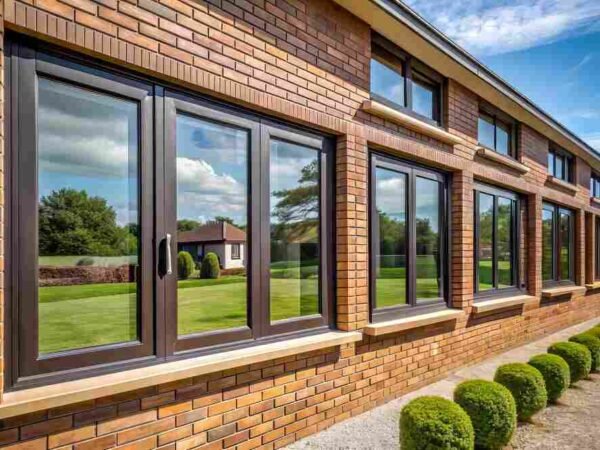With the advent of advanced technologies, the delivery and management of plumbing services is changing rapidly. From smart home systems to digital diagnostic tools, technology is not just improving efficiency but also redefining the role of plumbers in the modern world.
Smart Home Integration
One of the most notable advancements is the integration of smart home technology. Smart thermostats, leak detectors, and water heaters are becoming increasingly common in households. These devices allow homeowners to monitor and control their plumbing systems via smartphones remotely. For instance, intelligent leak detectors can alert homeowners to a leak before it becomes a significant problem, potentially saving thousands in repair costs. This proactive approach to plumbing maintenance starkly contrasts with the reactive methods of the past.
The Internet of Things (IoT) in Plumbing
Furthermore, the Internet of Things (IoT) makes its presence felt in the plumbing sector. IoT-enabled devices can communicate with each other and with plumbers, providing real-time data on system performance. This data can be invaluable for diagnosing issues before they escalate. For example, an IoT-enabled water heater can alert a plumber to a drop in efficiency, prompting a maintenance visit before the appliance fails. Such innovations enhance the customer experience and extend the lifespan of plumbing systems.
Advanced Diagnostic Tools
Digital tools and software are also revolutionizing plumbers’ work. Traditional methods of diagnosing problems often involved a degree of guesswork and invasive inspection. However, modern diagnostic tools like thermal imaging cameras and acoustic sensors allow plumbers to pinpoint issues with greater accuracy and minimal disruption. These tools can detect hidden leaks, blockages, and even the condition of pipes without tearing down walls or digging up floors.
Digital Job Management
In addition to diagnostic tools, plumbing professionals increasingly rely on mobile apps and software for job management. These digital platforms enable plumbers to schedule appointments, manage inventories, and generate invoices. Such tools streamline operations, reduce administrative burdens, and improve overall efficiency. For instance, The Dulwich Plumber notes, “Embracing technology has allowed us to provide faster and more reliable service to our clients, ensuring their plumbing issues are resolved with minimal hassle.”
Trenchless Technology
Another significant technological advancement is using trenchless technology in pipe repair and replacement. Traditional pipe repair methods often require extensive excavation, leading to considerable disruption and high costs. Trenchless technology allows plumbers to repair or replace pipes with minimal digging. Methods such as pipe bursting and cured-in-place pipe (CIPP) lining can rehabilitate existing pipelines with little disruption to the surrounding environment. This reduces the cost and time involved in repairs and minimizes the impact on landscapes and infrastructure.
3D Printing in Plumbing
3D printing is another innovative technology that is making waves in the plumbing industry. Custom parts and fittings can now be produced on-site using 3D printers, reducing the wait time for special orders and ensuring a perfect fit. This is particularly useful for older properties where parts are no longer readily available. With 3D printing, plumbers can create bespoke solutions tailored to specific needs, enhancing the quality of repairs and installations.
Renewable Energy Technologies
Moreover, adopting renewable energy technologies is driving changes in plumbing practices. Solar water heating systems and heat pumps are becoming more popular as homeowners seek sustainable and cost-effective alternatives to traditional heating methods. Plumbers must be well-versed in these technologies to cater to the growing demand for eco-friendly solutions. This shift requires additional training and a willingness to adapt to new methods and materials.
Challenges and Opportunities
Despite the numerous benefits, integrating technology in plumbing has its challenges. The initial cost of adopting new technologies can be high, and a learning curve is associated with using advanced tools and systems. However, the long-term advantages, such as increased efficiency, reduced costs, and improved customer satisfaction, make the investment worthwhile.
Conclusion
In conclusion, technology is undeniably re-shaping the plumbing industry. The changes are profound and far-reaching, from smart home systems and IoT devices to advanced diagnostic tools and trenchless technology. Plumbers are no longer just hands-on workers but are becoming tech-savvy professionals with cutting-edge tools and knowledge. As the industry evolves, embracing these technological advancements will be crucial for staying competitive and delivering high-quality service in an increasingly digital world. The future of plumbing is not just about pipes and water; it’s about innovation and technology-driven solutions.
Do Read: Gazebos and Planning Permission: Essential Information













